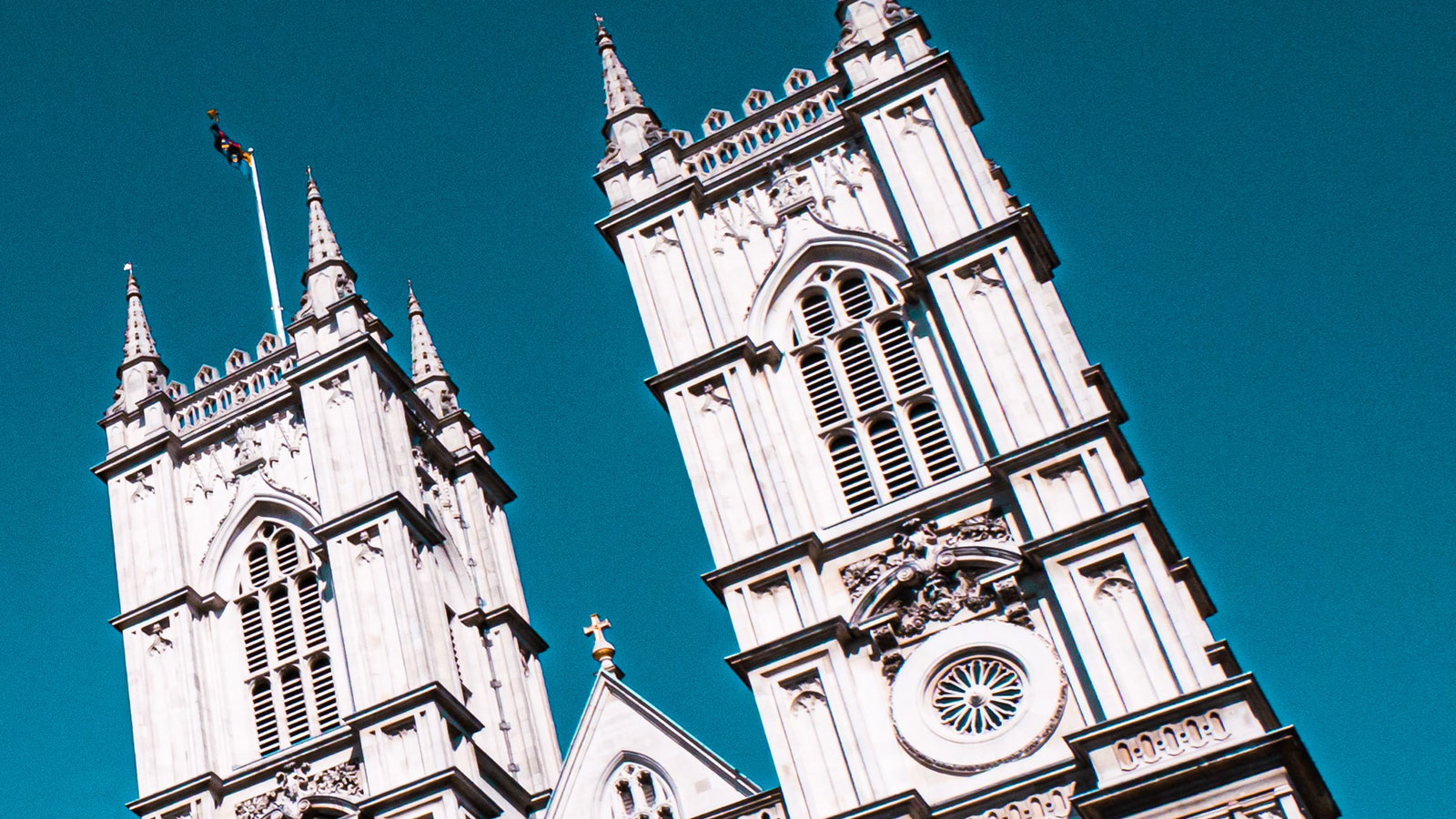Charles Dickens: newly discovered documents reveal truth about his death and burial
Dr Litvack's article in The Conversation, published to mark the 150th anniversary of Dickens's death in 2020, is based on new research "Dickens's Burial in Westminster Abbey: The Untold Story", the lead chapter in Reading Dickens Differently, edited by Leon Litvack (Wiley, 2020).
My new research has uncovered degree of manoeuvring and conspiracy involved in establishing Dickens’s ultimate resting place.

Robert Hindry Mason, photograph of Charles Dickens (1860s).
Dickens’s sudden death on 9 June 1870 created an early predicament for his family. Where was he to be buried? Near his home (as he would have wished) or in that great public pantheon, Poet’s Corner in Westminster Abbey (which was clearly against his wishes)?
In his will (reproduced in Forster’s biography), Dickens had left instructions – his Plan A – that he should be buried near his home, in a private ceremony. However, Forster claimed that this was impossible.

John Forster (1812-76)
Plan B was then put into action. Dickens was set to be buried in Rochester Cathedral. They had even dug a grave for the great man. But this plan too was scuppered, in favour of interment in Poets’ Corner, in Westminster Abbey – the resting place of Geoffrey Chaucer, Samuel Johnson, and other literary greats.
Forster claims that the media led the way in agitating for burial in the Abbey. He singles out The Times, which, in an article of January 13 1870, “took the lead in suggesting that the only fit resting place for the remains of a man so dear to England was the Abbey." He added that when the Dean of Westminster, Arthur Penrhyn Stanley, asked Forster and members of the Dickens family to initiate what was now Plan C, and bury him in the Abbey, it became their “grateful duty to accept that offer”.
The private funeral occurred early in the morning of Tuesday June 14 1870, and was attended by 14 mourners. The grave was then left open for three days so that the public could pay their respects to one of the most famous figures of the age.
My investigation has revealed, however, how Dickens’s burial in Poets’ Corner was engineered by Forster and Stanley to satisfy their personal aims, rather than the author’s own. While the official story was that it was the “will of the people” to have Dickens buried in the Abbey (and there were articles in The Times to this effect), the reality was that this alteration suited both the biographer and the churchman.

Dean Arthur Penrhyn Stanley (1815-81)
Forster could conclude the volume he was contemplating in a fitting manner, by having Dickens interred in the national pantheon where so many famous literary figures were buried. He thus ensured that a stream of visitors would make a pilgrimage to Dickens’s grave and spread his reputation far and wide, for posterity.
Stanley could add Dickens to his roll of famous people whose burials he conducted. They included Lord Palmerston, the former UK prime minister, mathematician and astronomer Sir John Herschel, missionary and explorer David Livingstone, and Sir Rowland Hill, the postal reformer and originator of the penny post.
The efforts of Forster and Stanley to get Dickens buried exactly where they wanted enhanced the reputations of both men. For each of them, the interment of Dickens in the abbey might be considered the highlight of their careers.

Luke Fildes, Dickens’s grave in Westminster Abbey (1873)
Related articles
Burial plotters put Charles Dickens in his place, The Times, 04 February 2020
Body of Work: A conspiracy to make Charles Dickens’s grave a national shrine can now be revealed, The Times, 04 February 2020
Addressing Global Challenges
Excellence in research and innovation, and making a positive global impact, are central to what we do at Queen’s University Belfast. Find out more.


